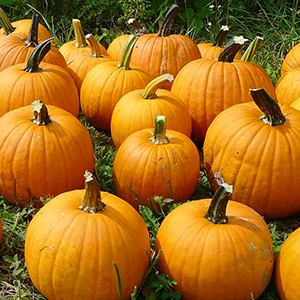
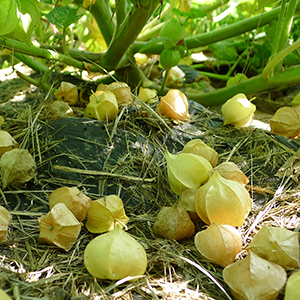
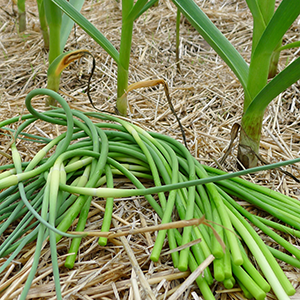
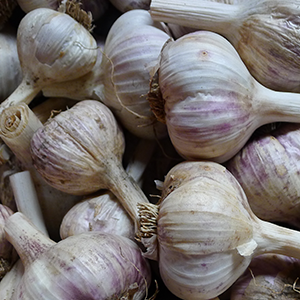
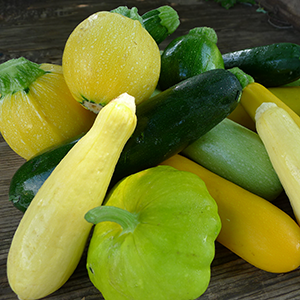
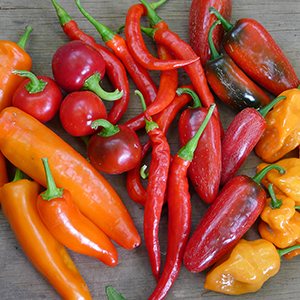



News and Notes | The Anchor Run Blog
Displaying a Single Post |
Show Recent Posts
September 11, 2016
Difficult Transition
By Linda Dansbury
Difficult Transition
By Linda Dansbury
Normally by this time of the year, even if we have warm days, the nights start to cool down significantly so that I am excited about cooking "fall-ish" dishes - that is, things that incorporate winter squash, kale, etc. The extreme hot and humid weather is creating difficulties for me in trying to figure out how to best use my harvest - I would love your suggestions, so please email me at lindadansbury@comcast.net.
We also traveled for a few days, but here is some of what we enjoyed:
Swiss chard, garlic - I typically use my chard as a replacement for cooked spinach - I actually prefer it to cooked spinach. Heat olive oil, add some minced garlic and let it go for a few seconds, then add the roughly chopped chard leaves - you can use the stems also, just start with those in the pan and cook until fairly tender - the garlic and leaves go really fast. Cook the chard leaves until just wilted - they will continue cooking for a few minutes after it is removed from the heat. I like to add a squeeze of lemon juice salt and pepper and mix it up - when you plate it, drizzle a bit of olive oil over each serving.
Okra, tomatoes, onion, garlic, hot pepper - made the Charred Okra and Tomato recipe sent in by Derek's mom - check it out in member's suggestion.
Tomato, onion, basil - made a batch of tomato sauce to freeze - didn't have enough to make it worth bringing out the canner and using all that heat to bring it to boiling, so I froze it in containers that will be a good size to have a meal.
Tomatoes, scallions, parsley, chives - Made the Southern Tomato Pie that was featured a few weeks ago. I paired it with a salad for a nice summer meal - it was delicious!
Butternut squash - we had a choice in the pick up room of a bunch of chives or a butternut squash with a blemish that would prevent it from being stored, so I roasted it, scooped out the flesh, placed into a plastic bag and froze it for use later.
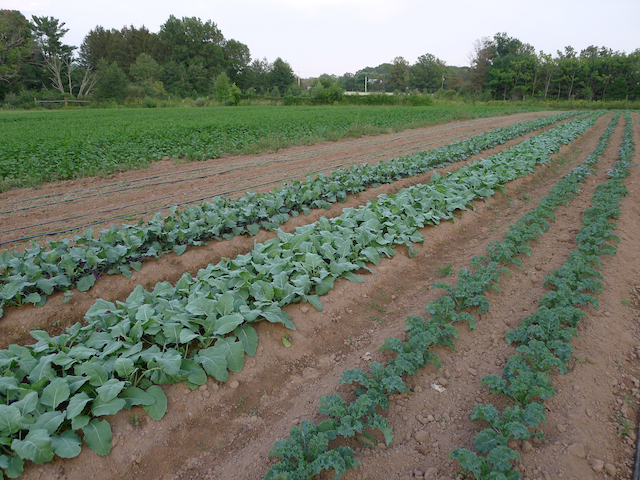
Thanks to drip tape irrigation (which has been temporarily removed to cultivate), lush fall crops of kale and kohlrabi, as well as newly seeded greens, are seen in the foreground with a buckwheat cover crop behind. The color green seems amplified this time of year when young and in their prime crops are healthy compared to perennial plants in other parts of the landscape whose tops and leaves are beginning to senesce as fall and winter approach. Browns and yellows may also be exacerbated this season due to the dry weather.

POSTS BY TYPE
POSTS BY MONTH

